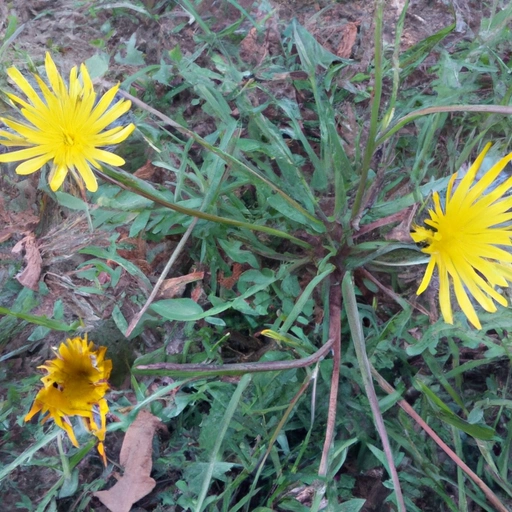Dandelion
Description

Dandelion, known scientifically as Taraxacum officinale, is an edible wild plant with a long history as a culinary and medicinal herb. Its leaves, flowers, and roots are all used in various dishes, providing a uniquely bitter, tangy flavor and a host of nutritional benefits.
Common uses
Dandelion is commonly used as a leafy green vegetable, brewed into tea, or incorporated into supplements. The leaves can be eaten raw in salads, cooked, or sautéed. The roots are often dried, ground, and used as a coffee substitute, while the flowers are used to make dandelion wine or syrup.
Nutritional value
Calories
A cup of chopped dandelion greens (about 55 grams) contains approximately 25 calories (104.6 kJ).
Protein
Dandelion greens provide around 1.5 grams of protein per cup.
Fat
These greens contain a negligible amount of fat, with less than 0.5 grams per serving.
Carbohydrates
In a single cup, dandelion greens have about 5 grams of carbohydrates, which includes 1.9 grams of fiber and 0.4 grams of sugar.
Vitamins
Dandelion greens are rich in vitamins A, C, and K, with one cup providing over 100% of the Recommended Daily Intake (RDI) for vitamin A and vitamin K.
Minerals
The plant is also a good source of minerals such as calcium (with 103 milligrams per cup), iron, and potassium.
Health benefits
Dandelion has been credited with promoting liver health, aiding digestion, and acting as a diuretic. Its high vitamin and mineral content make it an excellent food for bone health, immune support, and reducing inflammation.
Potential risks
While dandelion is generally safe to eat, it can cause allergic reactions in some individuals, especially those allergic to ragweed and related plants. Additionally, because it acts as a diuretic, consuming it in large quantities may affect the body's mineral balance.
Common recipes
Dandelion is used in a variety of recipes, from dandelion green salads and stir-fries to dandelion root coffee and dandelion flower jelly. It can be incorporated into soups, stews, and casseroles as well.
Cooking methods
The greens are often blanched or sautéed to reduce their natural bitterness. The roots can be roasted and brewed like coffee, while the flowers can be used to infuse syrups and wines.
Pairing with other ingredients
Dandelion pairs well with bacon, nuts, and sharp cheeses in salads. It complements sweet and acidic flavors such as those from apples, citrus fruits, and vinaigrettes.
Summary
Dandelion is an underappreciated yet highly nutritious plant that can be used in various ways in the kitchen. With its rich history, numerous health benefits, and a range of culinary applications, dandelion is a versatile ingredient that has a place in both traditional and modern cuisines around the world.